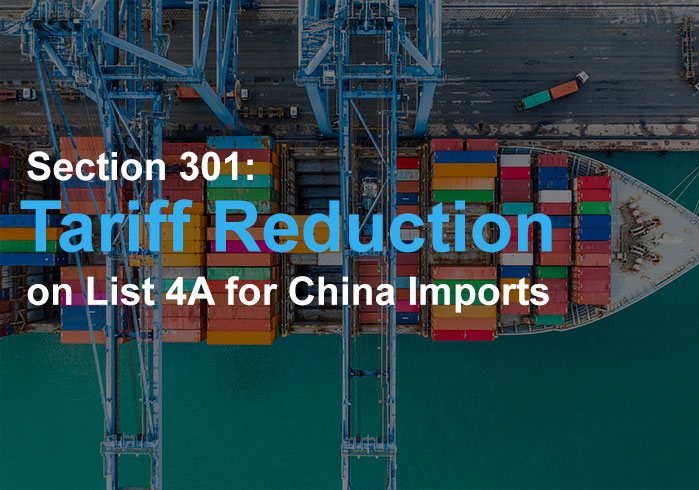
Sourabh Gupta, Senior Fellow, Institute for China-America Studies
Dec 13, 2024
Donald Trump’s trade policies have been characterized by an aggressive use of tariffs, driven by his belief in balancing bilateral trade and prioritizing American production. While these measures have reshaped trade dynamics and escalated protectionism within the U.S., they have also inadvertently strengthened China's global economic position and highlighted the limitations of decoupling efforts.
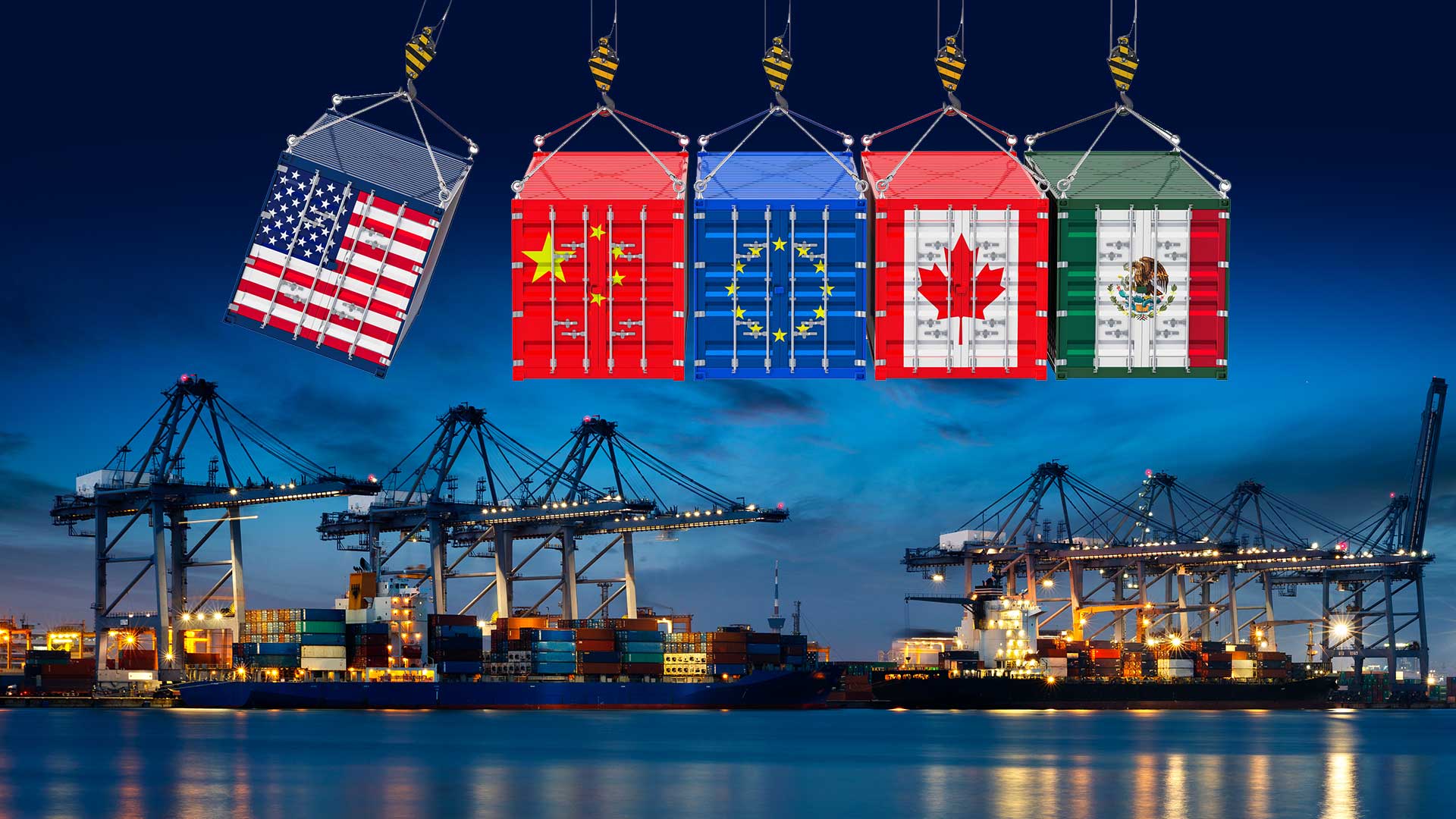
Zhou Xiaoming, Former Deputy Permanent Representative of China’s Mission to the UN Office in Geneva
Dec 13, 2024
BRICS countries, with a combined GDP approximately 1.5 times that of the United States, can be expected to retaliate against promised U.S. tariffs. These countries — many of which are major traders with China — are likely to make Donald Trump regret his bellicose bullying.
Brian Wong, Assistant Professor in Philosophy and Fellow at Centre on Contemporary China and the World, HKU and Rhodes Scholar
Nov 29, 2024
The Trump administration’s blame-driven approach to U.S.-China relations fueled mutual losses and entrenched scapegoating of China for U.S. domestic issues. Ultimately, subnational diplomacy and pragmatic collaboration are essential for rebuilding constructive ties.
Yu Xiang, Senior Fellow, China Construction Bank Research Institute
Nov 22, 2024
The country is capable of mitigating any ill effects should Trump return to the aggressive form of his first term. China may feel some pressure, but it has built a multilayered economic defense involving domestic demand, fiscal policies, high-tech innovation and international cooperation.
He Weiwen, Senior Fellow, Center for China and Globalization, CCG
Oct 18, 2024
Republican proposal, along with heavy tariffs promised by Donald Trump and certain retaliation by U.S. trading partners, would drive the global economy into a new Great Depression. Rather than trying to punish China, the U.S. should continue to maintain dialogues and establish practical trade and investment collaboration.
Dan Steinbock, Founder, Difference Group
Sep 21, 2024
The 2024 U.S. election is not just about democracy but about big media, big money and big defense. It is setting the stage for a new trade war and lethal geopolitics that could destabilize global economic prospects for years to come.
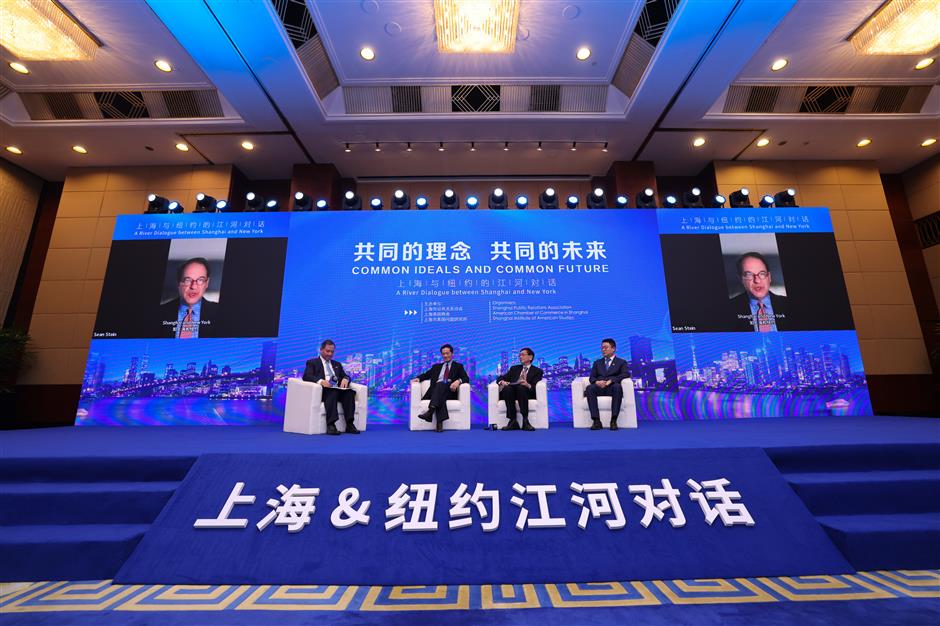
He Weiwen, Senior Fellow, Center for China and Globalization, CCG
Aug 05, 2024
Even amid frictions, empirical data show that trade between China and the United States is an objective economic law, based on complementary economies. Political tensions and other restrictions could distort or delay the growth but will be unable to kill it.

Yang Yao, Professor, China Center for Economic Research and the National School of Development at Peking University
Jul 04, 2024
After an eight-month investigation, the European Union has announced that it will impose tariffs as high as 38.1% on electric vehicles (EVs) from China to offset the unfair advantages created by Chinese government subsidies. In retaliation, China immediately launched an anti-dumping probe into pork imports from the EU. The two sides are now negotiating a solution to the trade dispute in Beijing.
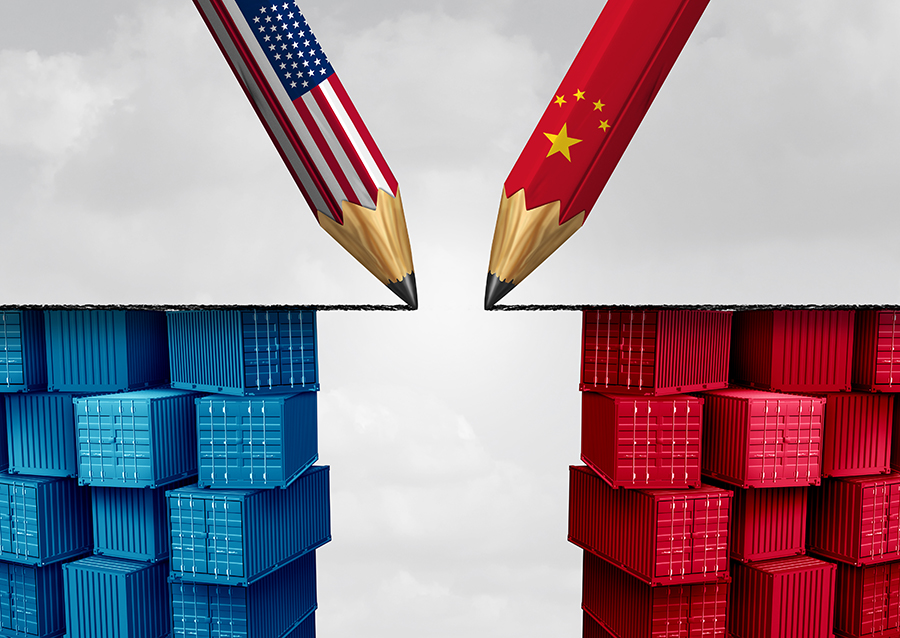
Ma Xue, Associate Fellow, Institute of American Studies, China Institutes of Contemporary International Relations
Jun 14, 2024
Washington’s new strategy may alter its trade dynamics with China, but China cannot be taken out of the picture. Most of America’s trading partners continue to be fed by Chinese supply chains, even as they boost their output of manufactured goods to the United States.
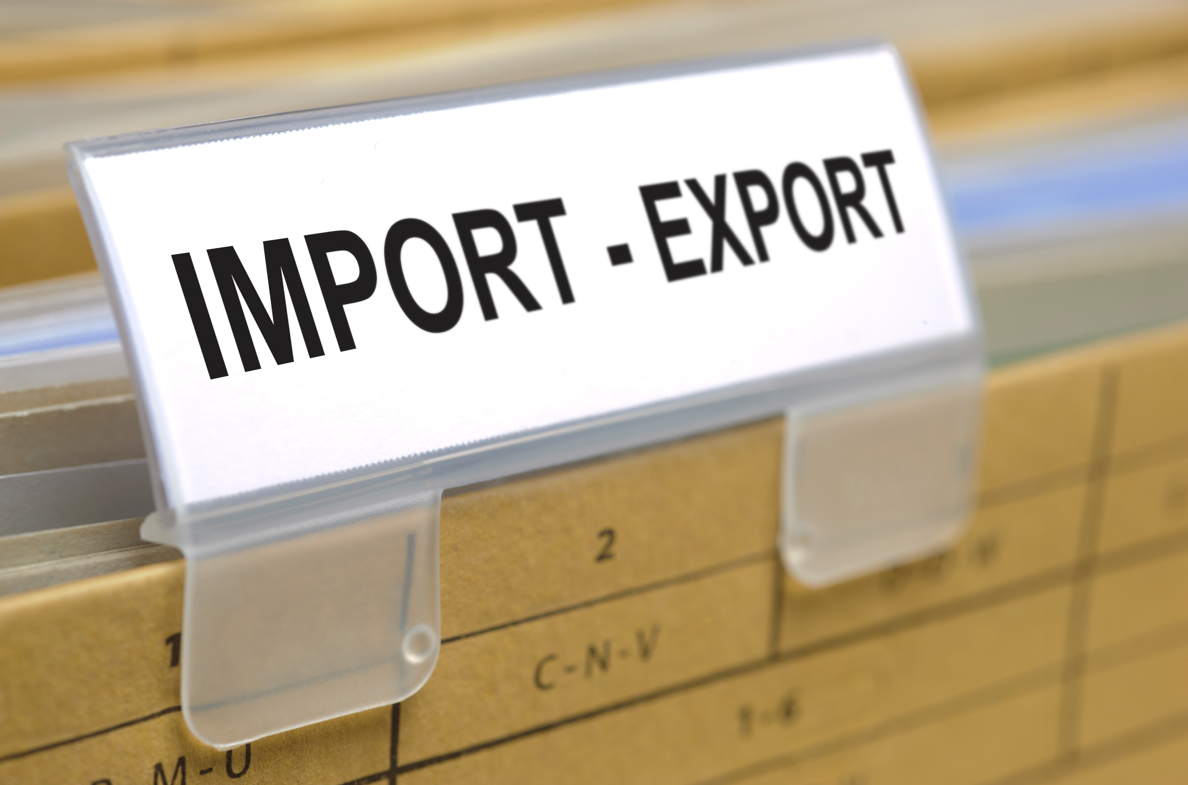
Stephen Roach, Senior Fellow, Yale University
May 30, 2024
The United States does not have a coherent trade policy. It has a political strategy masquerading as trade policy that has taken dead aim at China. Unsurprisingly, China has responded in kind. With the two superpowers drawing on their allies for support – the US leaning on the G7 and China turning to the Global South – economic decoupling is the least of our problems.
Back to Top

- China-US Focus builds trust and understanding between the U.S. and China through open dialogue among thought leaders.
- Our Offerings
- Topics
- Videos
- Podcasts
- Columnists
- Research Reports
- Focus Digest
- Stay Connected
-
Thanks for signing up!
- Get the latest stories from China-US Focus weekly.